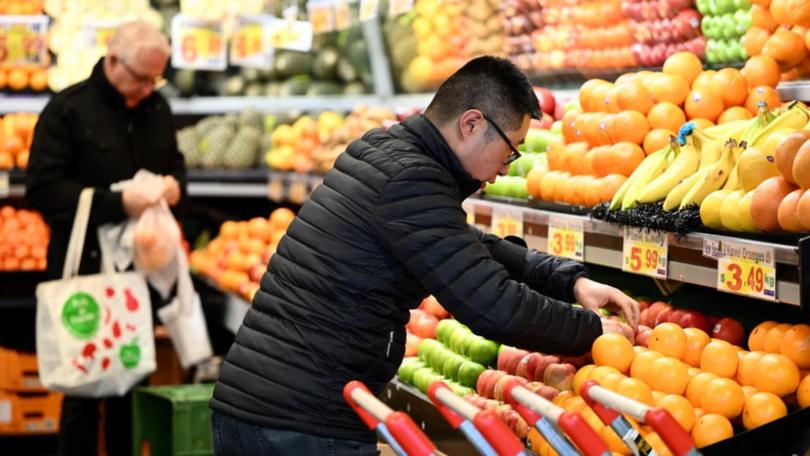Serving size breakdowns can improve cost perceptions

Breaking down the cost of fruits and vegetables by serving size could help Australians eat healthier at a fraction of the cost.
An Australian-first tool that simplifies grocery shopping by displaying the cost of fresh produce by serving size aims to help people make better choices at the supermarket and help reduce food waste.
The tool, developed and trialled in a collaboration between Monash Business School, Deakin University and Ritchies Supermarket, saw an increase in the amount of vegetables purchased.
Sign up to The Nightly's newsletters.
Get the first look at the digital newspaper, curated daily stories and breaking headlines delivered to your inbox.
By continuing you agree to our Terms and Privacy Policy.It is set to be rolled out alongside the traditional price per-kilogram measure at a handful of stores across Victoria.
Australian adults should eat about five to six 75g servings of vegetables and two 150g servings of fruit every day based on nutritional guidelines.
But only 6.5 per cent eat the recommended amount of vegetables and 45 per cent of fruit servings, according to the Australian Bureau of Statistics.
The current system displays the price of fresh produce by kilograms which is equivalent to 13.3 serves of vegetables and 6.67 serves of fruit, Monash’s Associate Professor Fiona Newton said.
“Per-kilogram pricing doesn’t communicate how much is needed for a healthy serve,” Dr Newton said.
“Per-serve pricing offers consumers a straightforward way to gauge how much it will cost to meet their daily vegetable and fruit servings.”
The study’s lead researcher said the cost-by-weight pricing gave a perception that some produce was not value for money, pointing to green beans being priced at $12.99 per kilogram but only 97c per 75g serve.
“If shoppers overlook this aspect, the purchase may not seem like good value for money, which could flow onto their purchase decisions,” she said.
The researchers reported an increase in the purchase of loose fresh vegetables at the trial store, suggesting that per-serve pricing helped customers make purchase decisions that met nutritional guidelines.
The trial saw a 6.2 per cent increase in loose vegetable purchases while fruits saw no significant impact.
But a recommended single serving of fruit is double that of a serving of vegetables based on dietary guidelines, which Dr Newton said may have affected the perception of the value for money.
Further analysis involving UK adults where recommended serving sizes for fruit and vegetables are the same found an increase in both vegetable and fruit purchases.
The team demonstrated people were inclined to buy produce if they thought it was value for money.
The research comes amid a federal inquiry into supermarket prices with concerns high produce prices are forcing families to forego healthier options.
